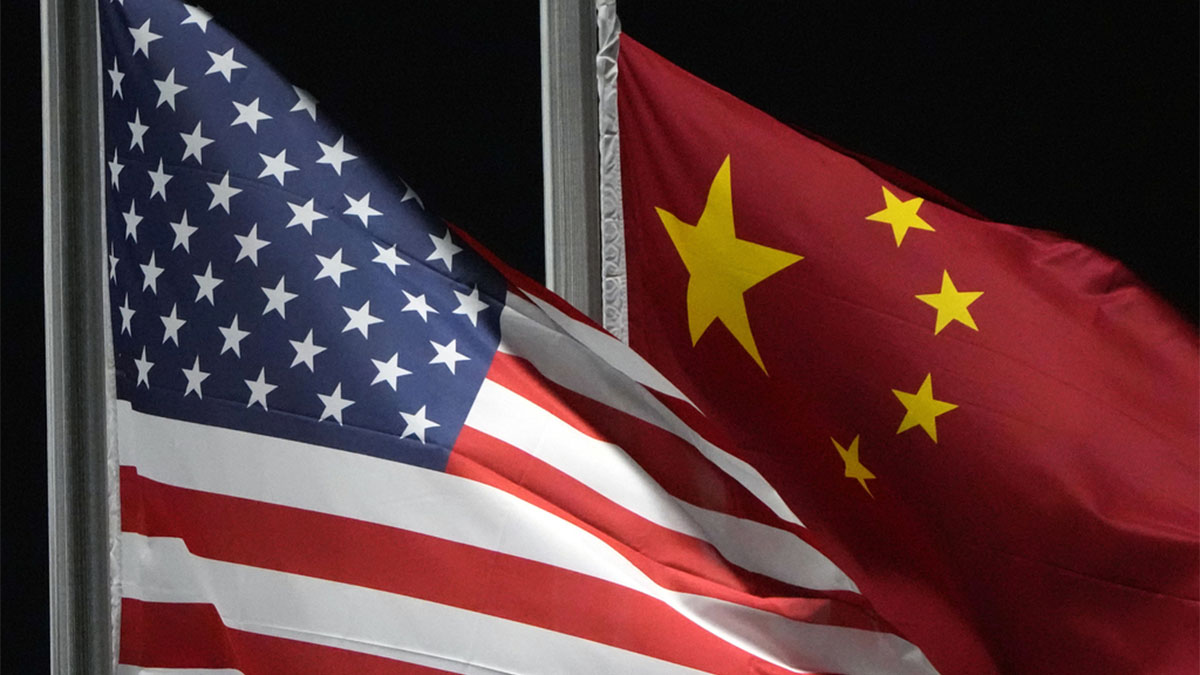In an unusual burst of high-level engagement, Chinese and American officials held a flurry of conversations this week, signalling cautious efforts to manage a tense relationship.
According to the South China Morning Post, US Secretary of State Marco Rubio and Chinese Foreign Minister Wang Yi spoke by phone on Wednesday, discussing bilateral ties as well as global and regional issues. Their exchange followed a video call between US Defence Secretary Pete Hegseth and Chinese Defence Minister Admiral Dong Jun, the first direct dialogue between the two men since taking office.
Statements released by Washington suggested that Hegseth assured Beijing the United States was not seeking regime change or “strangulation” of China, while also affirming that the US would resolutely defend its interests in the Asia-Pacific, which it considers its priority theatre.
For his part, Dong Jun stressed that containment efforts against China would fail, while calling for “non-conflict and non-confrontation” as guiding principles for bilateral military relations.
The rare double engagement came just days after Beijing showcased its military prowess with a grand parade, part of what observers said was an effort to promote a multipolar world order to counter US dominance.
State media reported that the defence talks touched on flashpoints such as Taiwan and the South China Sea—issues that have repeatedly placed Beijing and Washington on a collision course.
Impact Shorts
More ShortsTaiwan and regional tensions
Beijing’s defence chief reiterated that any external attempts to use Taiwan to constrain China would be “thwarted.” China regards the island as part of its territory, to be reunified by force if necessary. Washington, while not recognising Taiwan as independent, opposes any attempt to seize it by force and continues to provide arms to Taipei.
Cross-strait tensions have grown since the election of pro-independence Taiwanese leader William Lai Ching-te, with China intensifying military activity around the island.
Washington has maintained a deliberate ambiguity on whether it would intervene militarily in a Taiwan crisis. Yet recent moves—such as the US State Department removing a line on its website declaring opposition to Taiwan independence, and high-profile congressional visits to Taipei—have reinforced Beijing’s suspicions of American intentions.
A Congressional visit to Beijing
Amid these geopolitical strains, Washington is also opening a new channel. A US House of Representatives delegation is set to visit China, marking the first such trip in more than six years.
Reuters noted that this comes at a time when both sides appear to be preparing the ground for a possible summit between Presidents Xi Jinping and Donald Trump later this year. For US lawmakers, the trip is seen as a gesture of engagement, though its practical impact on policy remains uncertain.
Signs of cooperation, moves of confrontation
Even as top officials spoke of the need for open dialogue, parallel developments highlighted the competitive undercurrents shaping the bilateral relationship. One of the most visible arenas of rivalry remains outer space.
Nasa has reportedly maintained its long-standing ban on Chinese nationals participating in its projects, citing security and technology transfer concerns. The restriction comes as China accelerates its own space programme, including lunar exploration plans, prompting analysts to describe the dynamic as a “new space race.”
Trade frictions have also sharpened. While Washington has escalated tariffs on a wide range of Chinese goods since Trump’s return to the presidency, Mexico has now joined in with a dramatic move.
The government in Mexico City announced that it would raise tariffs on Chinese-made vehicles to 50 per cent, according to reports carried by Reuters. The measure reflects growing concern that cheap Chinese exports could overwhelm North American markets and undermine local industry.
Shadow-boxing between engagement and rivalry
Taken together, the week’s events capture the dual nature of the US-China relationship—one defined by dialogue at the highest levels but also by simultaneous acts of competition and confrontation.
The US has tried to portray its approach as one of “responsible management” of tensions, with Hegseth emphasising candid exchanges while denying hostile intent. Beijing, meanwhile, has insisted that respect for its “core interests,” especially on Taiwan and the South China Sea, is a prerequisite for stability.
Yet the parallel developments in space and trade highlight that rivalry continues to drive policy. Restrictions on cooperation in high-technology sectors and rising tariff walls suggest that even as diplomats and defence officials speak of cooperation, both countries are preparing for a prolonged contest.
Looking ahead
Whether this cycle of talks and shadow-boxing leads to a broader thaw remains to be seen. For now, the tentative diplomatic outreach may be paving the way for a Xi-Trump summit later in the year. But with strategic mistrust running deep and competition expanding into multiple arenas, from trade to outer space, the path to stable ties looks fraught.
As the South China Morning Post observed, both sides seem determined to keep communication channels open. Yet the very same week that saw the first US congressional visit to China in years also witnessed intensified barriers in technology and trade.
The result is a complex dynamic. Both the US and China are talking, but they are also shadow-boxing, circling one another in a contest that shows no sign of easing.
)